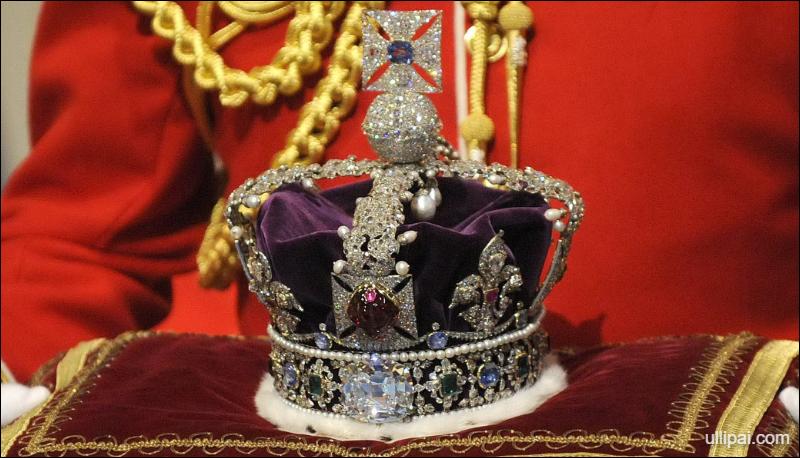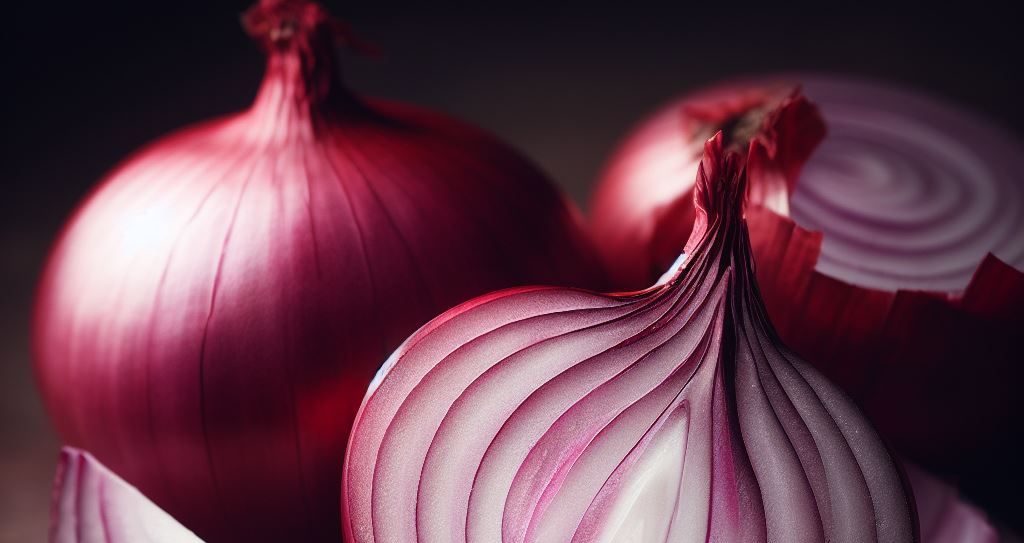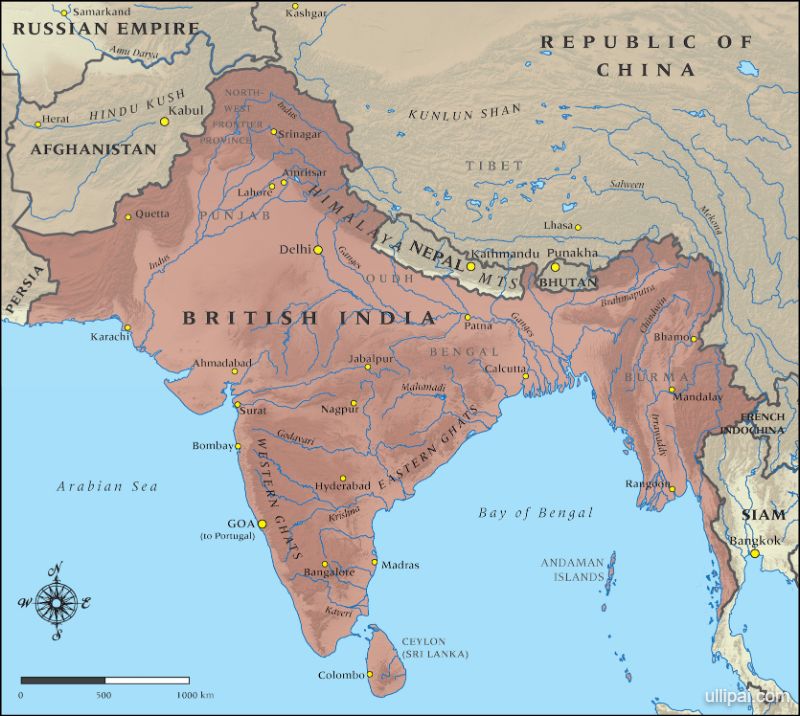This article/post is an attempt at a historical account of the UK’s royal family from William the Conqueror to Charles I. It highlights the stories of betrayal, ambition, murder, and power struggles that shaped the monarchy. The video covers several monarchs and notable events, including the Norman Conquest, the War of Roses, the Tudor dynasty, […]
The New King!


